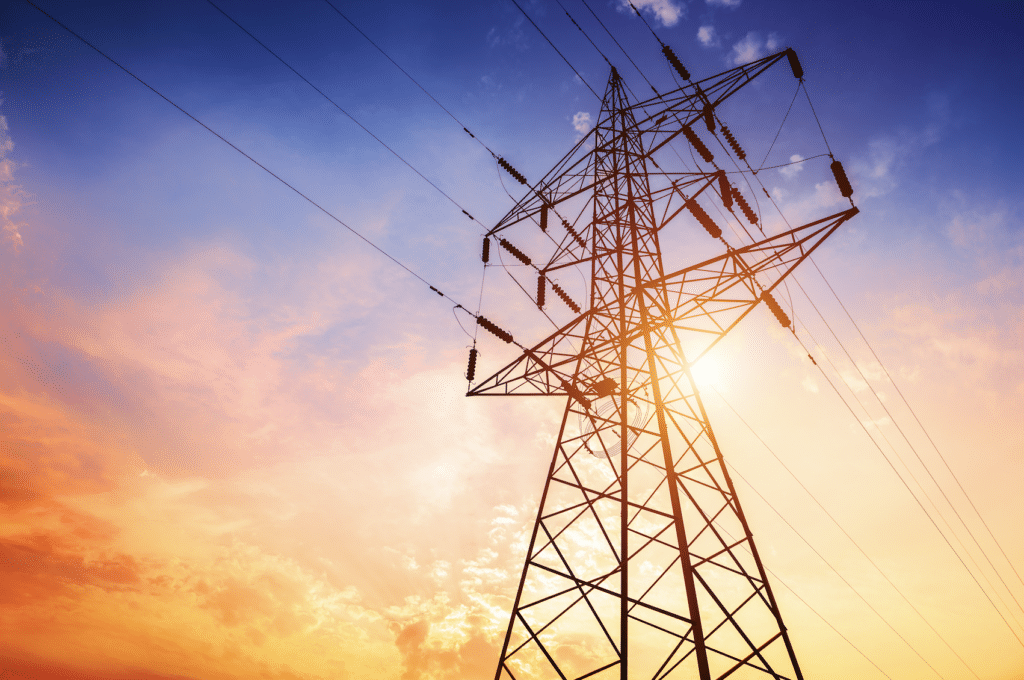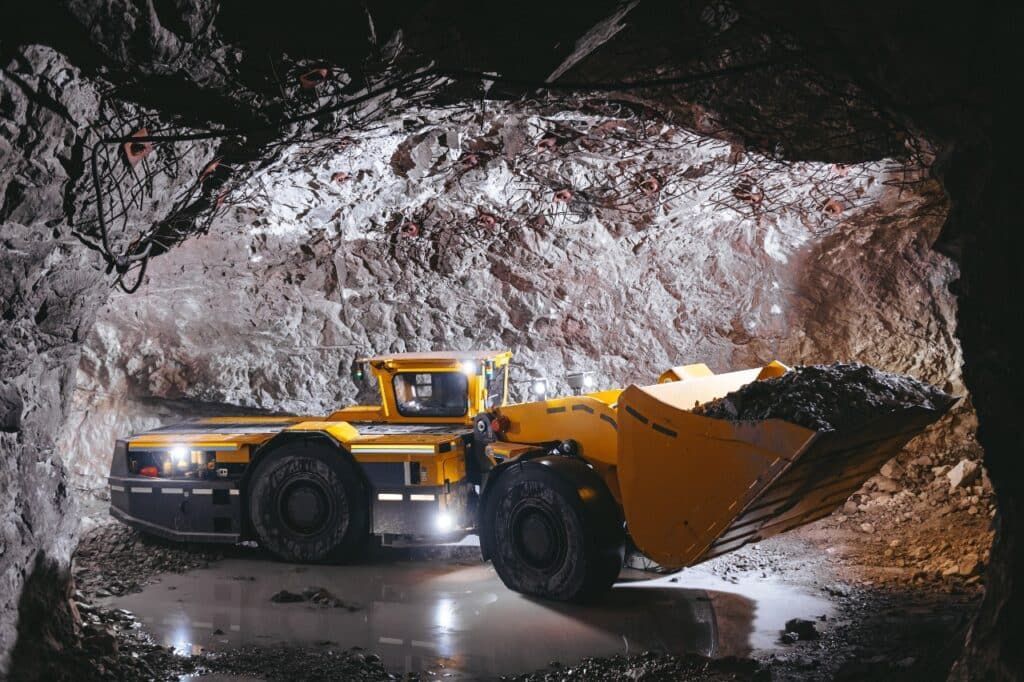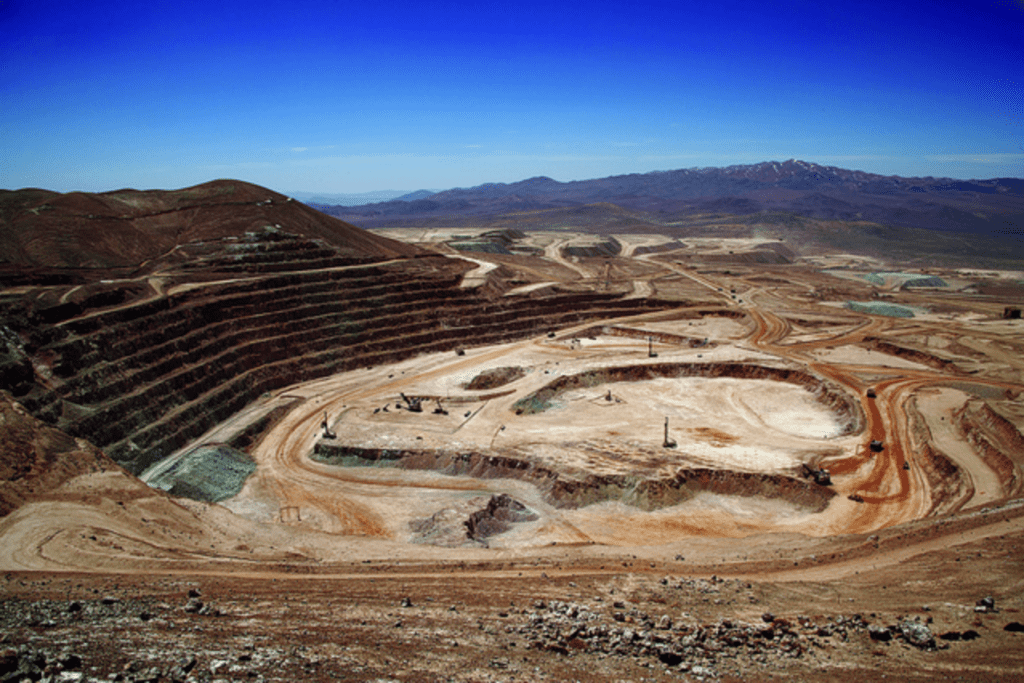Mining satellite imaging data for environmental outcomes
Technology enables companies to look at the big picture when assessing a project’s hydrology risks.
A mining company plans a new project in an area prone to occasional cyclones and flooding. Through land-surface hydrology, the company wants to model flood events and the likely run-off at the proposed mine.
As part of its environmental, social and governance (ESG) focus, the company seeks to understand how a tailings dam would respond to a large rainfall event, as well as any potential risks to nearby waterways and vegetation. It also wants to know if cyclones could affect slope stability and earth movement at the project’s location.
In addition, the company wants to model day-to-day water received at the mine through precipitation and water lost through evaporation and its run-off from land, then account for a changing water balance over time and its impact on soil moisture, vegetation and waterways.
According to SRK Consulting principal consultant (hydrogeology) Ian Sutton, companies are increasingly using high-resolution satellite imagery data to help model these types of hydrological risks at mines in Australia and overseas.
“The technology is becoming more powerful and the data are becoming more accessible,” he said. “Satellite imaging provides a layer of information that complements data from in-situ remote sensors at mines.”
Sutton, an expert in satellite data processing for hydrology at mines, believes climate change will encourage greater uptake of this technology.
“As the frequency of natural disasters increases, mining companies need to use the latest satellite tools and data available to them to better understand the movement and distribution of water at their project,” he said.
“A company planning a mine in an arid area can use satellite-derived data to better understand past rainfall patterns. The data can help it assess how the land responded to previous drought conditions.”
A greater focus on ESG risk across the mining industry is also driving greater uptake.
“Understanding how water runs off from a mine is critical to helping protect nearby waterways, vegetation and communities,” Sutton said. “Combining satellite imagery with data from in-situ remote sensors at a project is important to understanding and managing these risks.
“In the past, you’d monitor data from a small number of sensors at a mine to assess water run-off and its impact. Today, we can use satellite imaging to look at a much larger area over a longer period.
“If a cyclone passes through the area, we have a visual record of the extent of flooding, how quickly the water recedes, evaporation rates, and where water discharge goes.
“Satellite imaging data allow us to observe these hydrological patterns in greater detail.”
Assessing hydrology at other mines is another advantage. For example, a company planning a mine in an area with several established sites could use satellite imaging to assess broader hydrological risks.
“Satellite imaging enables companies to look at the big picture in hydrology, not just at their mine through in-situ sensors in the ground,” Sutton said.
From exploration to closure
While many industries use high-resolution satellite imagery to provide data, the global mining industry had been relatively slow to adopt the technology.
Sutton attributes this to a lack of awareness of its broad range of benefits.
“Not enough people sufficiently understand how this technology can aid mining projects,” he said. “They may not realise how powerful these data are becoming or how they can be used across the full breadth of mining, from exploration to mine closure.”
In exploration, satellite imaging can help companies understand changes resulting from alteration and mineralisation; in mine planning, companies can use satellite data to model run-off and slope stability; in mine closure, satellite imaging can allow companies to monitor how an inactive tailings dam responds to weather events and the effect on the nearby environment.
“Satellite data have many applications in mining,” Sutton said. “We can bounce satellite signals off markers on a mine site and measure the distance between the marker and the satellite to help quantify land displacement. Satellite signals can also penetrate cloud cover to measure changes in forest canopy and vegetation near a mine.”
Specialisation within mining is another factor for the lower uptake.
“You can get silos of expertise, where people in a particular field aren’t exposed to new ideas in another field,” Sutton said. “Satellite data can cut across the work of geotechnical engineers, tailings dam engineers, hydrogeologists and hydrologists.”
Sutton expects the use of satellite imaging in mining to accelerate in the coming decade as the technology advances.
“Data analysis from satellite imaging is improving all the time,” he said.
“There’s more tools available with more features, and more satellites going into space.
“Within a decade, data satellite imaging will be a standard input for many mining projects.”
SRK Consulting is a leading, independent international consultancy that advises clients mainly in the earth and water resource industries. Its mining services range from exploration to mine closure. SRK experts are leaders in fields such as due diligence, technical studies, mine waste and water management, permitting, and mine rehabilitation.
Nine considerations for mining companies with satellite imaging data
1. Be open-minded – understand how satellite data can be used across the full spectrum of mining operations to aid mine planning and closure risk management, and exploit opportunities in exploration.
2. Understand what is available – tools range from open-source, free data on satellite imagery to high-resolution imagery from specialist providers. These technologies continue to add more features for similar cost, allowing mining companies to get more from these data.
3. Recognise its role in risk management – using satellite images to build large datasets for your mine and nearby sites over long periods can aid in understanding risks to waterways and vegetation from groundwater run-off.
4. Climate change – by providing another layer of information, satellite data can help mining companies respond to uncertainty from climate change, such as a higher frequency of cyclones, floods, droughts and other natural disasters.
5. Collaboration – satellite data can cut across various specialisations, so companies need to find ways to incorporate this information into different planning and monitoring areas at different stages of a project.
6. Capability – ensure your organisation has sufficient internal capability to harness and analyse data from satellite images, or access to external consultants who have demonstrated expertise in this area.
7. Process – develop an internal process to build and maintain datasets from satellite images. Determine how the information will be recorded, stored and periodically reviewed and reported, and how it will complement data from in-situ remote sensors at a project.
8. Communicate – understand how satellite data could be used in community engagement programs or with other stakeholders; for example, to demonstrate water run-off patterns from a tailings dam during a large rainfall event.
9. Share lessons – where possible, contribute to industry knowledge and awareness. These lessons can help other mining companies use the technology to better understand and manage hydrology risks at their project, aiding communities and the environment.
Source: https://www.australianmining.com.au/mining-satellite-imaging-data-for-environmental-outcomes/




